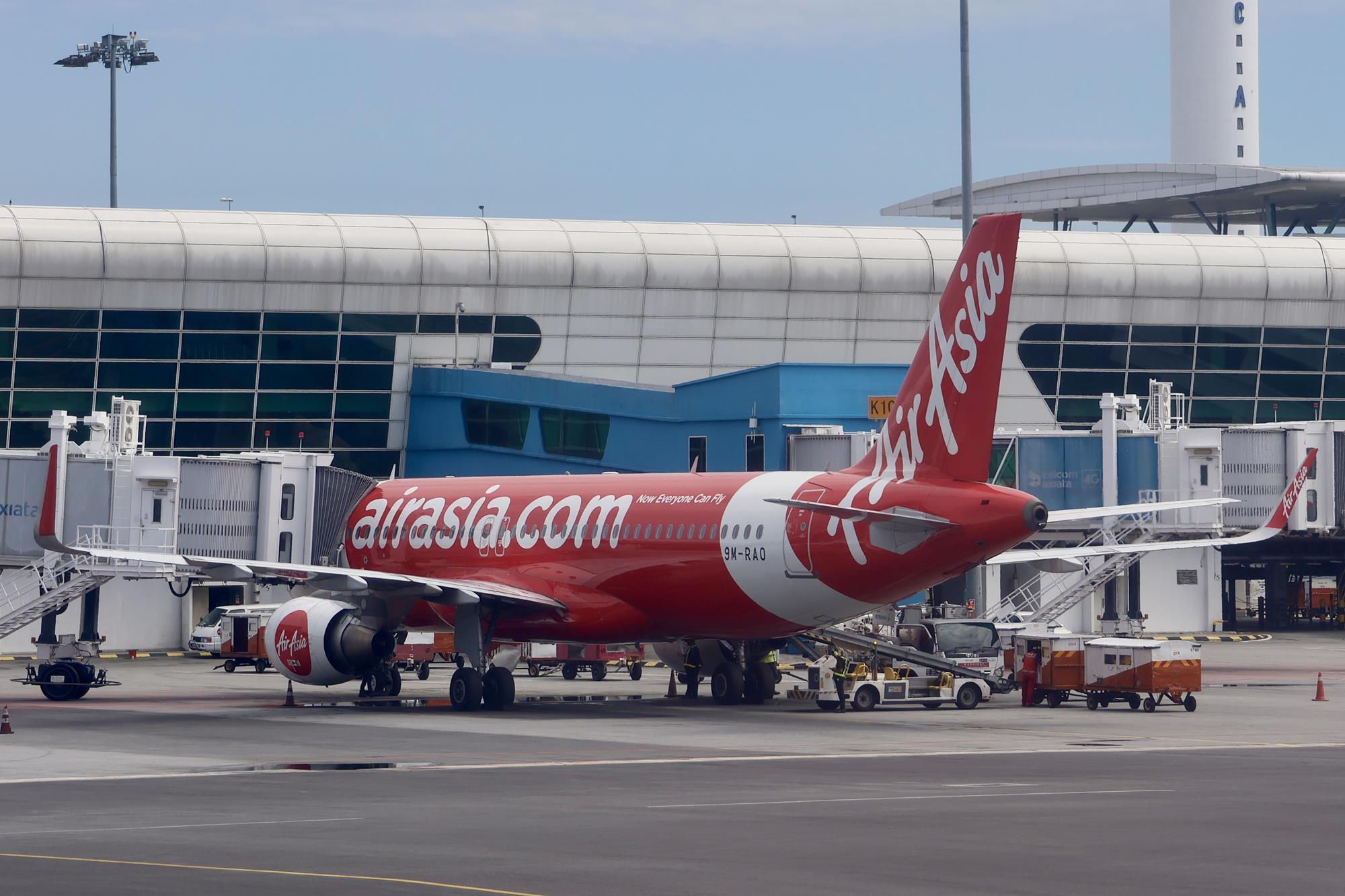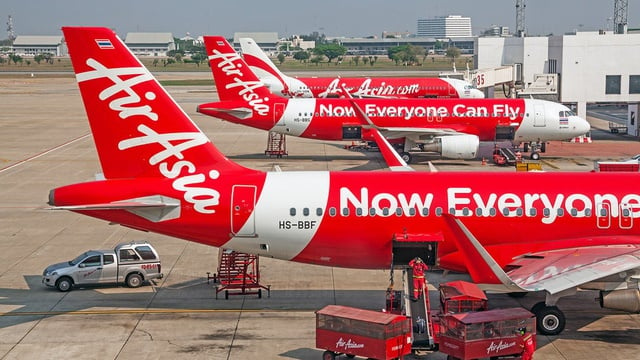AirAsia’s Merger to Strengthen Malaysia’s Aviation Hub Status

As a significant step towards bolstering the nation’s aviation industry, AirAsia has praised the government’s decision to consolidate Malaysia’s aviation regulations through the merger of the Malaysian Aviation Commission (MAVCOM) and the Civil Aviation Authority of Malaysia (CAAM). The opportunity to create a more unified, effective, and future-ready framework that complies with international best practices, gives industry participants more clarity, and supports the country’s goals as a competitive aviation hub is presented by the integration of regulatory functions spanning safety, airspace management, consumer protection, and economic regulation.

Bo Lingam, Group Chief Executive Officer of AirAsia Aviation Group said: “AirAsia welcomes the vision of a single aviation regulator system. Bringing key regulatory functions under one independent statutory body will further streamline processes, provide clearer engagement for industry players, drive greater efficiency across the aviation ecosystem, and ultimately benefit travellers through improved connectivity and service.
“In further positioning Malaysia as a regional aviation hub, AirAsia looks forward to working with the government through CAAM to deliver greater efficiency, enhance international connectivity, and drive innovation within the industry. Improvements in air traffic control and operational management, particularly at major international hubs such as KLIA Terminal 2, will be essential to improving overall service and connectivity, while also supporting efforts to keep air travel accessible for consumers. Efficiency is especially crucial, with AirAsia Malaysia operating about 500 departures daily and serving up to 75,000 departing passengers each day across Malaysia.”

As the largest air carrier in the nation and one of the top carriers in ASEAN, AirAsia is dedicated to advancing Malaysia’s aviation goals by fostering increased connectivity, innovation, and sustainable growth; promoting regional economic integration; and providing more value to passengers and the local communities in the places it flies to.














Leave a comment